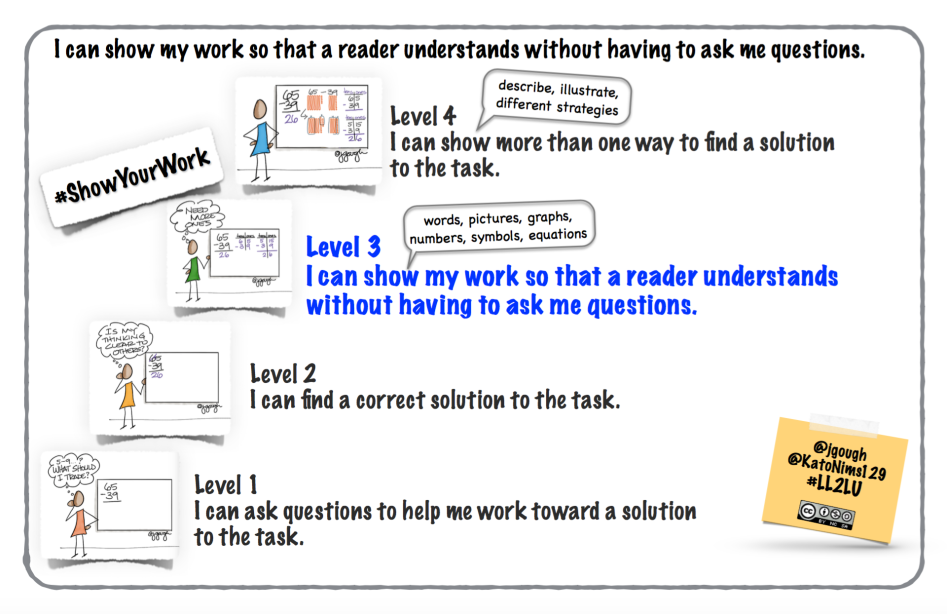From NCTM’s publication, Principles to Actions: Ensuring Mathematical Success for All:
Facilitate meaningful mathematical discourse.
Effective teaching of mathematics facilitates discourse among students to build shared understanding of mathematical ideas by analyzing and comparing student approaches and arguments.
| 7:15 | 15 min | Homework discussion using Connect-Extend-Challenge Visible Thinking Routine |
| 7:30 | 35 min | Which pizza is the better deal? – Robert Kaplinsky (@robertkaplinsky) |
| 8:05 | 10 min | Break |
| 8:15 | 30 min | the Whopper Jar 3-Act Task – Graham Fletcher (@gfletchy) |
| 8:45 | 20 min | Number Talks |
| 9:05 | 10 min | Closure |
| 9:15 | End of session |
Homework:
- Facilitate meaningful mathematical discourse using Number Talks. What will/did you learn?
- Select a number talk.
- Anticipate student answers with your team.
- Notice and note which students used each strategy.
- What will/did you learn?
- Read pp. 146-151 from TAKING ACTION: Implementing Effective Mathematics Teaching Practices in K-Grade 5
- Examining Mathematical Discourse
- Deeply Read pp. 175-179 from TAKING ACTION: Implementing Effective Mathematics Teaching Practices in K-Grade 5
- What the Research says: Meaningful Mathematical Discourse
- Promoting Equity through Facilitating Meaningful Mathematical Discourse
Standards for Mathematical Practice –
- I can make sense of tasks and persevere in solving them.

- I can construct a viable argument and critique the reasoning of others.


“Connect Extend Challenge A Routine for Connecting New Ideas to Prior Knowledge.” Visible Thinking, Harvard Project Zero.
Leinwand, Steve. Principles to Actions: Ensuring Mathematical Success for All. Reston, VA.: National Council of Teachers of Mathematics, 2014. (p. 46) Print.
Gough, Jill, and Jennifer Wilson. “#LL2LU Learning Progressions: SMP.” Experiments in Learning by Doing or Easing the Hurry Syndrome. WordPress, 04 Aug. 2014. Web. 11 Mar. 2017.
Gough, Jill, and Kato Nims. “#LL2LU Learning Progressions.” Experiments in Learning by Doing or Colorful Learning. WordPress, 04 Aug. 2014. Web. 11 Mar. 2017.
Smith, Margaret Schwan., et al. Taking Action: Implementing Effective Mathematics Teaching Practices in Grades K-5. The National Council of Teachers of Mathematics, 2017.
